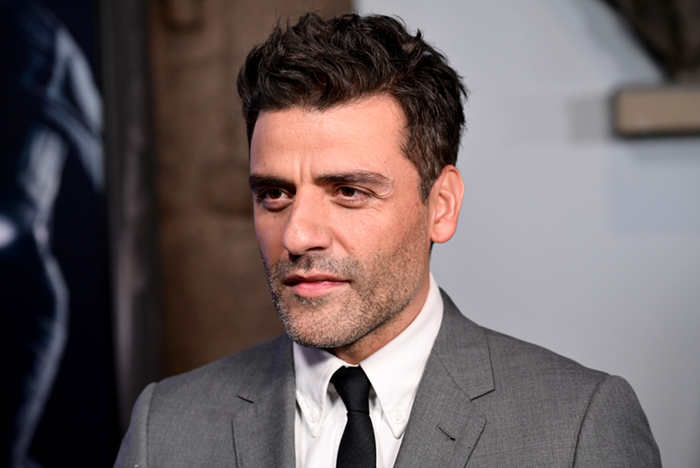“FROM THE ACCLAIMED director of Braveheart and Passion of the Christ” is how the posters for Hacksaw Ridge have chosen to phrase it, hoping you’ll transfer your positive associations with those movies before the follow-up thought hits you: “Hey, wait... isn’t that Mel Gibson?” Nice try, posters!
Hacksaw Ridge tells the story of Desmond T. Doss, the first conscientious objector to win a medal of honor. Doss was a deeply religious man who believed it was a mortal sin to kill, but his desire to serve his country during WWII led to a series of incredibly selfless acts as a battlefield medic.
Rather than attempt realism (beyond some significant gore), Gibson’s Hacksaw Ridge presents wartime violence in deeply symbolic, almost Biblical terms: Each frame of the climactic battle is filled with dozens of figures locked in operatic slow motion violence. Bayonets lance flesh, men on fire march forward, and mud splatters everything. It’s Hieronymus Bosch in 4K.
The problem is, Hacksaw Ridge can’t commit to the principles of its subject: Gibson depicts the Japanese as a savage, inhuman tide of destruction, and the fight for a meaningless chunk of volcanic rock is occasionally imbued with the grand sense of purpose found in more clichéd war movies. Doss was a man who rejected patriotic calls to violence, but Hacksaw can’t find the courage to do the same.
Part of consuming media is making peace with the people who created it, and that’s not always easy. I’m proudly Jewish, but I also love Lethal Weapon and Apocalypto, so evidently I’ve found a way to make my peace with Gibson. But I don’t expect you to, for any number of reasons. We each decide where we draw the line, and while Hacksaw Ridge is an interesting film, it isn’t so good that I’d suggest you cross yours.


















